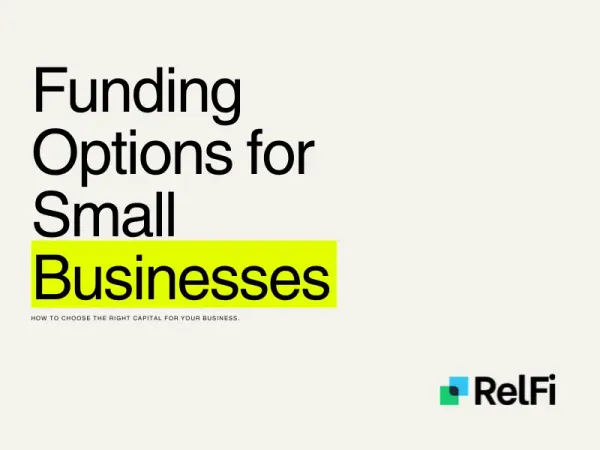The Unseen Competitor: How Inflation Impacts Your Business and What to Do About It

Inflation operates like an unseen competitor, quietly increasing costs, compressing profit margins, and reshaping consumer behavior. While it often feels like an external force beyond control, how businesses respond to inflation can make all the difference between struggling to stay afloat and adapting to thrive.
At its core, inflation reflects the gradual rise in prices over time, diminishing the purchasing power of money. For businesses, its effects ripple across operations, from rising input costs to changing customer expectations. Recognizing these impacts is the first step to building resilience.
How Inflation Shapes Business Realities
For many businesses, the most immediate sign of inflation is the increase in costs—materials, transportation, wages, and utilities all tend to climb. Yet, its influence extends further. Employees often expect salary adjustments to match the rising cost of living, creating pressure on payroll budgets. Meanwhile, customers, feeling the squeeze of inflation on their own finances, may reduce spending or shift preferences toward more cost-effective options.
The less visible impact of inflation is the erosion of cash reserves. Money sitting idle loses value over time, making it essential for businesses to rethink how they allocate and utilize capital during inflationary periods.
A Strategic Approach to Inflation
Successfully navigating inflation requires strategic adjustments that address both short-term pressures and long-term sustainability. Here are the critical areas to focus on:
- Strengthen Financial Agility: Inflation often disrupts cash flow predictability. Securing access to flexible financing, such as lines of credit, allows businesses to cover unforeseen costs or invest in critical growth initiatives without straining day-to-day operations. This liquidity can be the buffer that keeps operations steady during turbulent times.
- Enhance Operational Efficiency: Inflation has a way of spotlighting inefficiencies. This is an opportunity to refine processes, renegotiate supplier contracts, and consider automation where applicable. Leaner operations can help absorb rising costs without immediately passing them on to customers.
- Revisit Pricing Models Thoughtfully: Adjusting prices is sometimes necessary, but transparency is key to maintaining customer trust. Consider phased or incremental price increases, paired with clear messaging that highlights the value you continue to provide.
- Diversify Revenue Streams: Expanding into complementary markets or introducing new product lines can help offset losses in other areas. Diversification spreads risk and creates new avenues for growth, even in a challenging economic environment.
- Invest in Inflation-Resilient Assets: Idle cash loses value during inflationary periods. Consider allocating funds toward assets that historically perform well in inflationary conditions, such as real estate, or use cash to pay down high-interest liabilities.
Turning Inflation Into Opportunity
While inflation can feel like a threat, it also creates opportunities for businesses that are prepared to adapt. Companies that innovate, refine their strategies, and focus on maintaining customer relationships during challenging times often emerge stronger.
At RelFi, we work with business owners to ensure that inflation doesn’t dictate their trajectory. From tailored financing solutions to expert guidance, we help you navigate uncertainty with confidence. Inflation may be a reality, but it doesn’t have to define your business’s success.
Ready to take control? Let’s explore how RelFi can support your journey through inflation and beyond.





